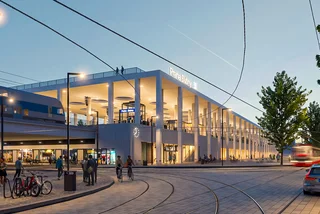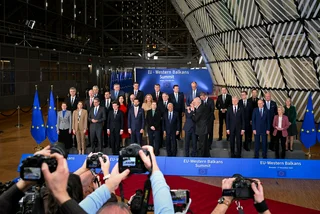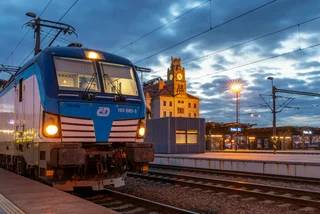Prague's Václav Havel Airport is set to undergo a major transformation in the coming years, with plans that include the demolition and reconstruction of several parking structures, as well as the expansion of both terminals.
The modernization project, estimated to cost CZK 32 billion through 2033, aims to enhance the airport’s capacity and improve overall operations. Preparatory work has already started, and significant changes are expected to affect infrastructure and passenger experience in the near future.
In addition to the reconstruction of the airport's parking facilities, the expansion will include a new train station, improved access roads, and the introduction of a supply corridor to enhance airport services. The project is expected to contribute significantly to the Czech economy, with projections for increased GDP and job creation.
Preparatory work begins
The airport’s transformation is already underway, with construction projects scheduled for completion over the next few years. Among the first changes, set to begin on on March 3, are roadwork projects on Aviatická Street and the PB parking lot in front of Terminal 1.
This work will include the creation of a new supply corridor under Terminal 1 to improve efficiency for the airport’s shops and restaurants, at an estimated cost of CZK 90 million.
Additionally, work on the expansion of the bridge on Aviatická Street, which leads to the airport, is set to be completed in May 2025. A major cable conduit and transformer station, valued at over CZK 1 billion, are also under construction and will be finished by December 2026.
New terminals and a parallel runway
A major overhaul will focus on expanding both Terminals 1 and 2. Terminal 2 is set to undergo modernization, and a detailed architectural study is nearing completion. Once finished, the terminal will accommodate more passengers and improve operational flow.
Terminal 1 will be reconfigured to handle flights within the Schengen area, while Terminal 2 will focus on non-Schengen flights and low-cost carriers. The changes are expected to streamline operations and reduce passenger congestion.
A major milestone of the modernization effort is the construction of a parallel runway, planned for after 2030. This additional runway will help increase airport capacity during peak hours and allow for nighttime closures of the main runway, reducing noise pollution in surrounding residential areas.
The new parallel runway will also include plans to eliminate a perpendicular secondary runway that runs over densely populated areas. This move is intended to reduce noise impact on hundreds of thousands of residents in Prague and Kladno, contributing to a more sustainable airport operation.
Financing and economic impact
The airport's transformation will be funded from its own resources, with external commercial financing also playing a role. The modernization is expected to generate significant economic benefits, including an increase in the country's GDP by 3.2 percent and the creation of nearly 4,000 full-time jobs.
By expanding the airport's capacity for flights, the project is projected to boost both tourism and business activity, making Prague a more attractive destination for international visitors.
In terms of financial returns, the airport has committed to paying a dividend of at least 20 percent of its net profit to the state each year, as part of its agreement with the Ministry of Finance. After 2028, when the current dividend program ends, the possibility of reinvesting dividends into the airport’s modernization efforts will be considered.












 Reading time: 2 minutes
Reading time: 2 minutes 


























